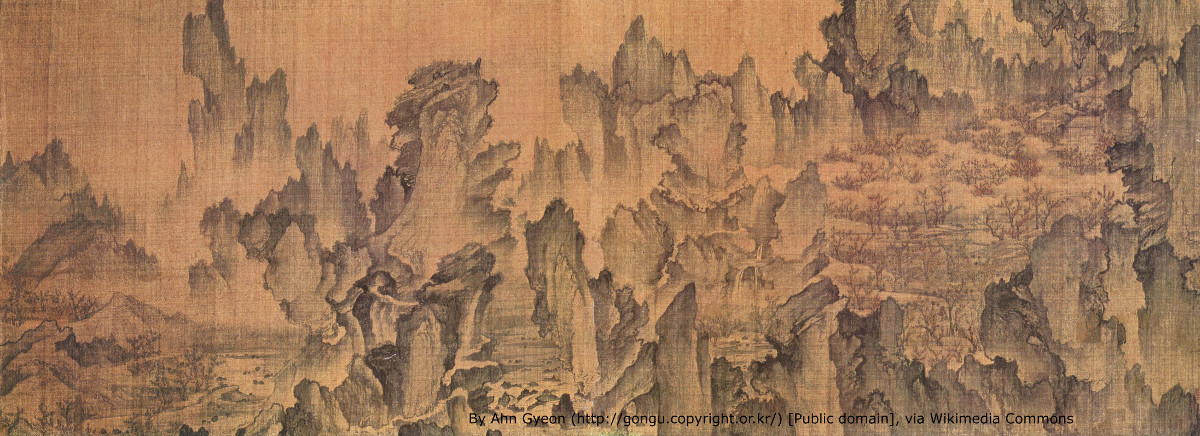
Produced by the simple process of pressing together moist plant fibres, typically cellulose pulp, derived from the plant-based materials wood, rags or grasses and drying them into flexible sheets. Paper has an unrivalled versatility of uses – writing, drawing and painting, books, stationary and cards, boxes picture frames, wallpaper, screens, blinds and lampshades. Through papier-mâché and related compounds paper can be moulded into almost anything, including vases, trays, jewellery and furniture.
At Christmas time finding the right wrapping paper is a major preoccupation and Christmas without wrapping paper is unthinkable – in the UK more paper is consumed in this season than at any other time of the year – in fact enough wrapping paper to go round the equator nine times, that’s a lot of paper!
The pulp paper making process probably originated in China during the early 2nd century AD, developed by the Han court Eunuch Cai Lun. This early start has given rise to the modern pulp and paper industry and it is still China that leads production followed by the United States.

The word “paper” comes from Papyrus, and the Egyptians, and later the Romans and others, pressed strips of pith from the flower stems together and dried them. No glue was needed, because the plant’s sap and some Nile water did the job. Papyrus isn’t as robust or flexible as paper made from fibre, so once the Chinese had used Paper Mulberry (Broussonetia papyrifera) to make the first fibre-based papers in AD 105, its days were numbered. You can read lots more about papyrus in MSc Plant Diversity graduate, Peter Rooney’s double tropical botany blogs one (value and uses) and two (taxonomy and distribution).
But the last word on paper for today comes from Mark Miodownik Professor of Materials and Society at University College London. In his amazing book “Stuff Matters” he rhapsodises about how wrapping paper gives a Christmas gift “a crispness and pristineness that emphasise the newness and value” of the contents. The paper has mechanical properties that lend it to folding and creasing without falling apart, and yet allow it to be torn easily. It is “strong enough to protect the present during transportation but so weak that even a baby can rip it open.”
Follow these links to read more on the fascinating story of the Rice-paper plant (nothing to do with rice by the way!) and The history of paper.


